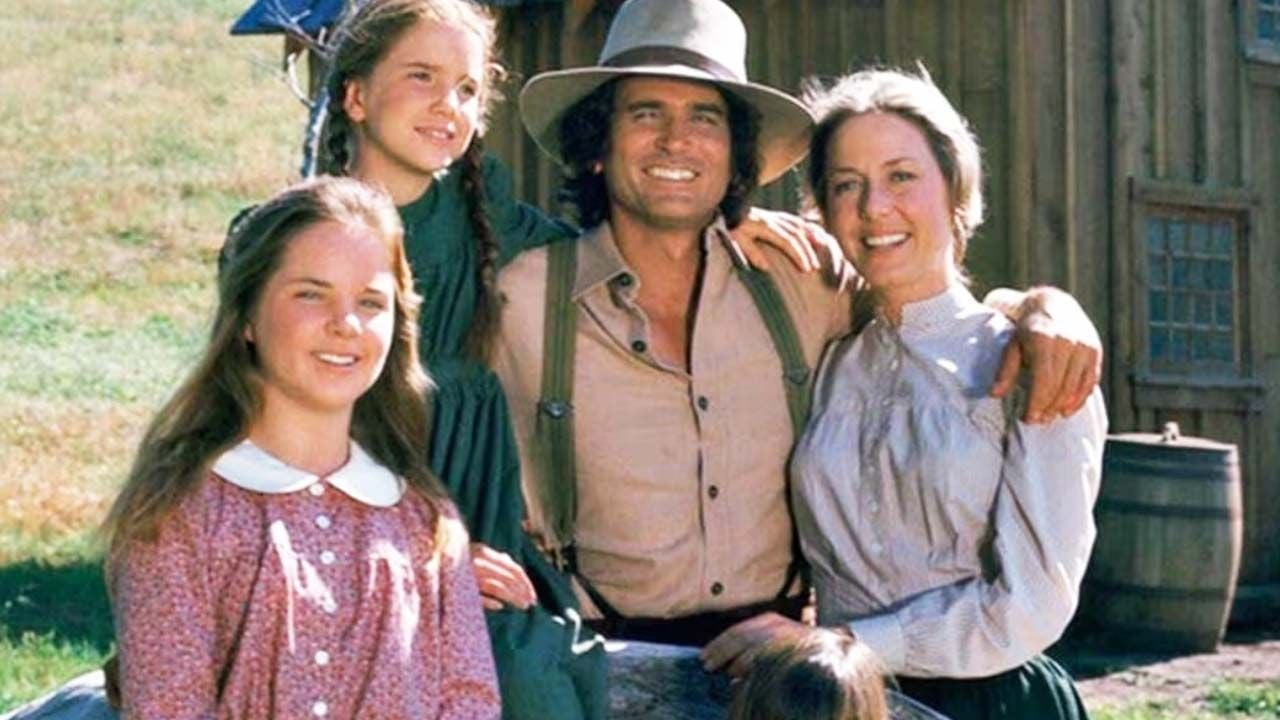Legendary actor and singer Harry Belafonte died on Tuesday at the age of 96 of heart failure. In addition to his work in the artistic world, he was also widely known as a great pioneer and civil rights activist. His death marks the end of an incredible life and an enduring legacy.
Born in New York of Jamaican ancestry, Belafonte was one of Hollywood’s first black stars and producers. His artistic career took off in the 1950s, when he established himself as a rare non-white idol and sex symbol, and when he also became one of the best performers of Caribbean music in the United States, with hits such as “Day-O (The Banana Boat) Song)” and several chart-topping albums.
His initial focus, however, was acting. Belafonte studied at the Actors Studio and The New School alongside other great future actors such as Walter Matthau and Marlon Brando, and also formed a lifelong friendship during this time with Sidney Poitier, whose parents were from the Bahamas. At the same time, he was performing folk music at nightclubs, singing to pay the bills. He got a job in musicals and won a Tony for his portrayal of him in the musical ‘Almanac’ in 1954. At the same time, he made his film debut with a small part in the musical ‘Bright Road’ (1953).
Her first major film role was in another musical, the film adaptation of Oscar Hammerstein’s play ‘Carmen Jones’, directed by Otto Preminger.
The exposure earned him a contract with RCA Records and two albums in 1956, which topped the Billboard charts, helping to transform the calypso style, characterized by influences from Caribbean music, into a commercial phenomenon. His musical career has earned him three Grammys and has opened the doors to Hollywood, which has always been his main goal.
After two films with Dorothy Dandrige, Belafonte began appearing on screen with white actors and provoked the racism of the time. In “Island in the Tropics” (1957), his character was romantically pursued by a wealthy white woman (Joan Fontaine), in a story that caused much controversy (and a huge box office hit) at the time. And in two films released in 1959, he played a bank robber alongside a racist partner (Robert Ryan) in Robert Wise’s “Men Rage” and survived a nuclear disaster in “The Devil, the Flesh and the Mundo” for fight Mel Ferrer of Swedish actress Inger Stevens. Both films were financed by his company, HarBel Productions.
In 1968, the artiste appeared with the blonde blue-eyed English singer Petula Clark in his NBC special. During one song, Petula touched Belafonte’s forearm, marking the first time a black man and white woman had touched on American television. And this simple contact sparked a national controversy.
His lifelong friendship with Sidney Poitier led to two films in the 1970s, ‘One for God, One for the Devil’ (1972) and ‘It Happened on a Saturday’ (1974), both directed by Poitier. The former made history and is considered a milestone in the representation of black people in the western genre – and an influence on Quentin Tarantino’s “Django Unchained”. The film stars Belafonte as Buck, a bounty hunter who helps a group of ex-slaves escape across the American West, while Poitier plays a preacher who joins him on his journey.
His filmography also includes a TV movie about famed football coach Eddie Robinson in 1981, and appearances in three Robert Altman films, ‘The Player’ (1992), ‘Prêt-à-Porter’ (1994) and ‘Kansas City” (1996). . He also had a notable appearance in Spike Lee’s “BlacKkKlansman” (2018) as a man describing a lynch mob. But his most remembered work is usually “The Color of Fury” (1995), which presents an alternate reality in which the racial roles are reversed: blacks control society and whites are marginalized. In the film he is a millionaire who ends up kidnapped by an unemployed white man, played by John Travolta.
Harry Belafonte also had a strong social performance. He has used his platform to fight racial and social discrimination and has been actively involved in the civil rights movement in the United States. He marched alongside Martin Luther King Jr. in the 1960s and supported various organizations seeking racial equality and social justice.
It was Belafonte who attracted celebrities at the Freedom March on Washington in 1963, when King delivered his historic “I Have a Dream” speech. He later participated in the march from Selma to Montgomery, Alabama (archive footage of his participation can be seen in the 2014 film “Selma”) and sat next to King’s widow at the civil rights leader’s funeral. .
Belafonte was also the driving force behind the non-profit organization USA for Africa, which began to eradicate hunger on the African continent and spawned the smash hit single “We Are the World”, which brought together artists such as Michael Jackson, Bruce Springsteen, Bob Dylan and Ray Charles. A year later, she led the 1986 human chain campaign, Hands Across America, to benefit America’s poor.
He was also involved in efforts to end apartheid in South Africa and free Nelson Mandela.
In a recent interview with NPR, Belafonte recalled how a line his mother said when she was just 5 shaped her life forever.
“He never let his dignity be crushed,” she said. “And one day, after coming home unable to find work and holding back tears, she said to me, ‘Never let injustice go unchallenged.’ And that really became a deep part of my life’s DNA. So many people have asked: ‘When did you decide to become an activist as an artist?’ I tell them, ‘I was an activist long before I became an artist.
Source: Terra
Rose James is a Gossipify movie and series reviewer known for her in-depth analysis and unique perspective on the latest releases. With a background in film studies, she provides engaging and informative reviews, and keeps readers up to date with industry trends and emerging talents.






